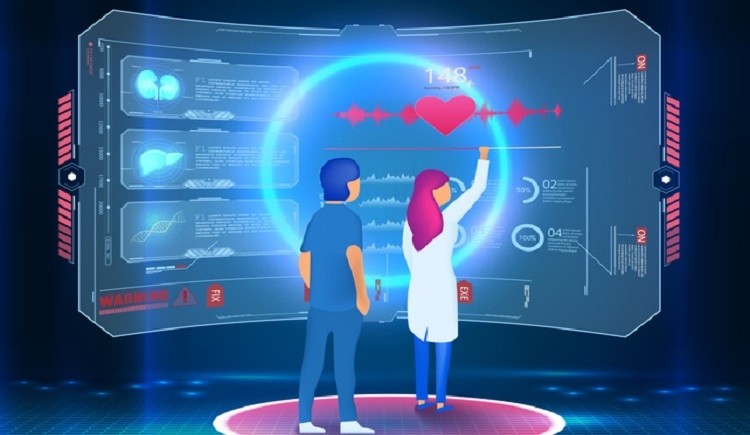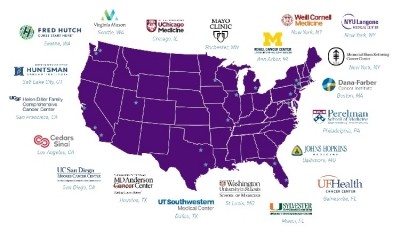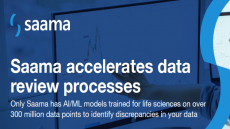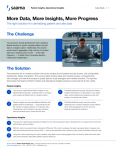Future of clinical development highlighted in online event

While the clinical research industry has seen some remarkable progress in recent years, the important work of advancing drug development certainly has not been without formidable challenges. Emerging technology, increased collaboration among stakeholders, and other changes have made a difference.
During Outsourcing-Pharma’s recent Clinical Development Advances webinar, two noted industry experts lent their experience and insight to the issue:
- Sanjeev Luther, president and CEO of Rafael Pharmaceuticals, a company specializing in therapies for rare cancers
- Craig Lipset, co-chair of the Decentralized Trials and Research Alliance (DTRA)
The speakers first offered individual presentations sharing informative perspectives, then gathered for an interactive question-and-answer session. Luther discussed some of the most notable differences between discovering and developing treatments for rare cancers, versus more commonly diagnosed conditions.
“With more mainstream indications like hypertension and diabetes—where you have plenty of patients who get treated, like 100m plus with hypertension in the US and about 30m plus with diabetes, you can find these patients, and a lot of drugs are available for them,” he commented. “When you move to orphan, where the number becomes really small, and also very challenging diseases like pancreatic cancer, there are not so many options for the patients—and even when you have the options, they are not as efficacious.”
Luther added that in addition to having as few as just a hundred patients in an entire country, the diseases themselves can be debilitating, making trial participation physically demanding, if not nearly possible.
“What really becomes important is how to find patients, how to leverage your relationships and manage these patients through the process of developing a drug treating them, and then getting the drug approved for this patient population,” he said.
Building relationships along the drug development pipeline, Luther suggested, becomes important. These include patient advocacy organizations, caregivers, other companies offering technology and services that can be of use in the process, regulatory bodies, and the patients themselves.
Lipset discussed some of the notable developments around the decentralized study format, including the increase in adoption. While about 20% of pharmaceutical and contract research organization (CRO) leaders indicated about 20% of their trials had been decentralized before COVID-19 arrived, that figure is now up to as high as 87%; also, about 79% of patients indicate they find the idea of trials involving home-health services appealing.
“The pandemic adoption of decentralized was not the birth of decentralized clinical trials; these approaches and methods have been in development, experimentation, and incremental adoption for over 17 years,” Lipset pointed out. “In many ways, this doesn't represent a remarkable new model, a new innovation that needed to be invented or created during a pandemic.”
Instead, Lipset pointed out, the decentralized format was a clinical development waiting to be realized and picked up. That moment arrived when DCTs became a “countermeasure” to the option of trials shutting down permanently, or the risk of not being able to properly follow patient safety and efficacy measures.
Today, Lipset shared, most trials that have shifted formats have morphed from on-site to hybrid, rather than fully DCT.
“Three-quarters of sponsors and CROs indicate incorporating some virtual trial elements and their studies; this is not necessarily a compromise,” Lipset told attendees. “When we listen to research participants, 57% indicate a preference for participating in studies that enable participation from home with only a few site visits.”
In comparison, Lipset said, only about 19% indicate they would prefer a fully decentralized, and only 11% prefer a study that puts all visits on site.
During the question-and-answer portion of the event, Lipset and Luther fielded queries from the audience. First up, ”Could you talk about how recent advances in data collection and management technologies have created advantages or challenges, as well as opportunities for session sponsors?”
Lipset responded that the growth of novel strategies and approaches in the diversification of data gathering is “exciting.”
“We will be relying even more so than ever on these different complementary ways to make sure we're getting the data on efficacy and safety that we need in order to answer our questions about a research study,” Lipset remarked. “When patients aren't coming in as frequently to the clinic, we're going to rely even more so on sensors, connected devices, EHR access, and so on; however, all of that adds complexity for both sponsors and sites.”
The speakers also discussed the advancements in data processing and analysis, including putting such information to more effective use in different areas.
“Certainly, as we're thinking about study design and planning, there's a lot that we can use when it comes to diverse data, large data sets that are helping us today with protocol design feasibility, optimization, site selection, and recruitment planning,” Lipset commented. “There are other use cases downstream, such as our ability to use more predictive analytics as it comes to, say, understanding where risk may exist and how to best use our limited resources in the study to focus on areas of highest potential risk.”
Luther also addressed the possibilities opened up in drug development through the use of artificial intelligence. While AI has just started to touch upon the clinical development side, it has had a more notable impact on discovery, he said.
“What is happening is that most of the companies handle one drug, one molecule, then it fails, and then it takes another five years to develop the next one; you cannot survive on that model,” he said. “What AI has transformed in terms of drug discovery and drug development is the platform—companies generate hundreds of molecules at the same time, then they go about profiling them, then screening them out."
To hear the full Clinical Development Advances webinar, register for the on-demand event here.




















